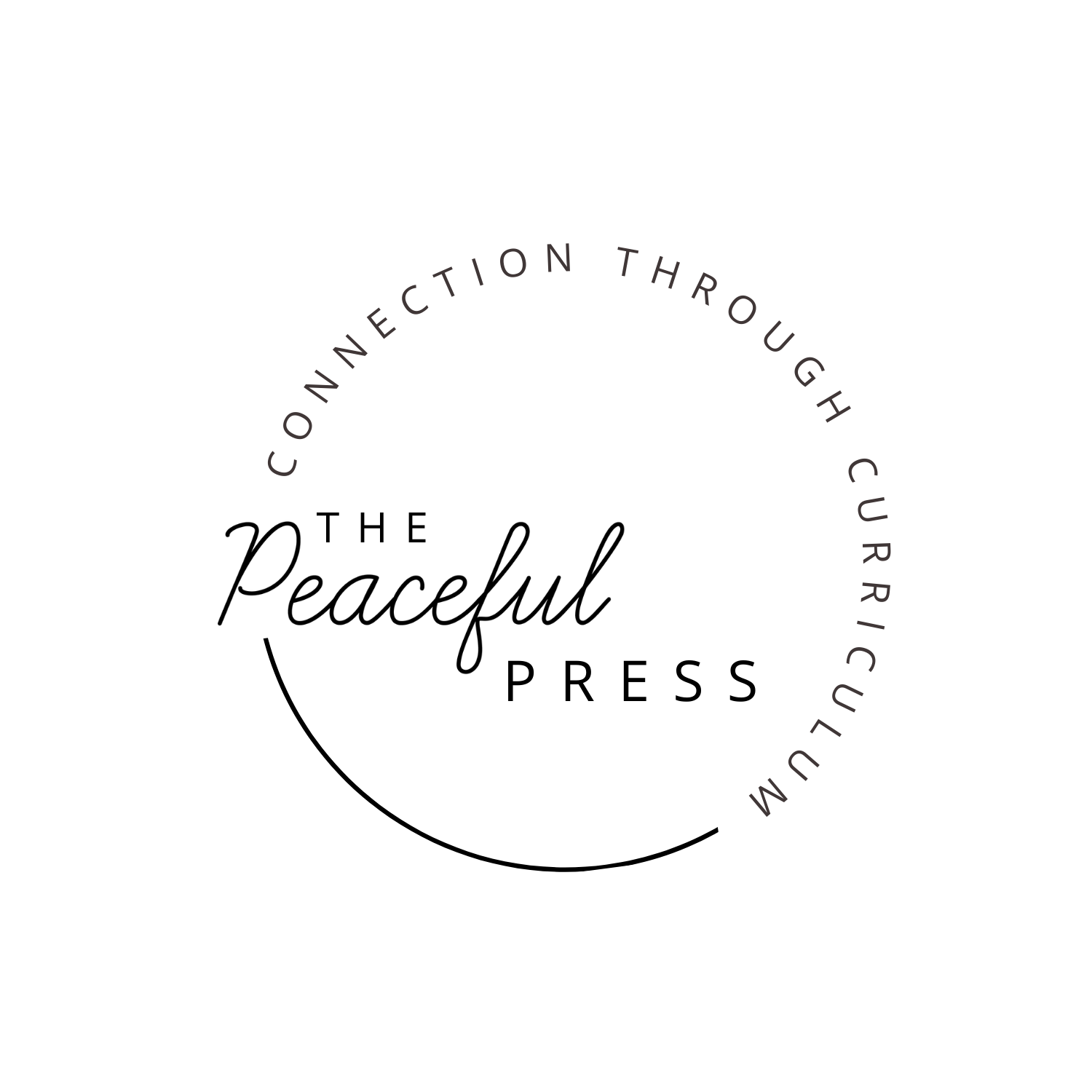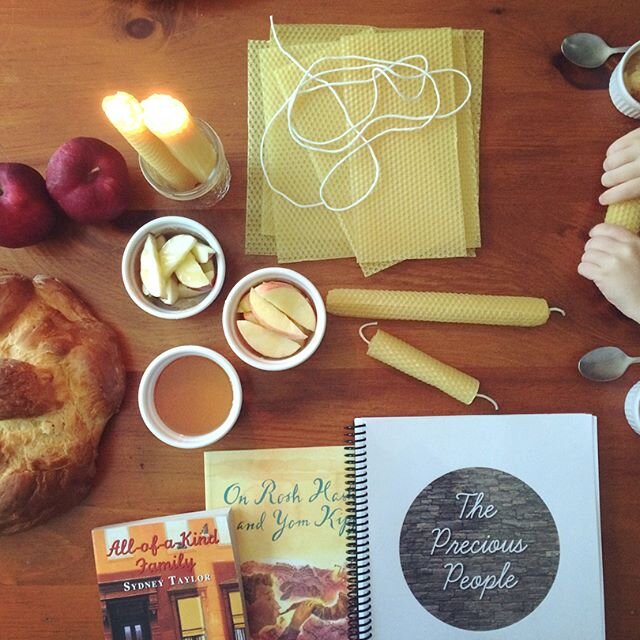Five Easy Ways to Teach History
"Those who fail to study history are doomed to repeat it"
- George Santayana
I've been a history buff for my whole life, one childhood fantasy was to have the ability to live for a short while in many different time periods. I wanted to experience life as a pioneer, a Native American, a princess, one of the sisters in Little Women, and a 1940's era housewife (the clothes!). I realized that life for most of the aforementioned was much harder than my own life with all of my modern conveniences, so even as a child, I knew I didn't want to live in those time periods indefinitely.
I was thankful for my own life, I just wanted a chance to experience some of what I had read.
One of the best ways to help your children develop thankfulness for their life is to study history. When they can see what other people have had to overcome or live through, it helps them to appreciate what they have, and even to know that they can overcome, despite the current hardships they may be facing.
Here are five tips for helping your children love history as well.
Read living books. If you take your history teaching merely from textbooks, you are absorbing someone's worldview. Instead, I want my children to have a real life perspective from people who lived through the time. When you read the book of Acts, or Up From Slavery, or The Endurance, or The Hiding Place, you are getting a close up look at what life was like for people enduring hardship, and not just a modern interpretation of these events.
Keep a timeline. The way that we keep all of the literature and biographies we read connected is by keeping a timeline. We draw pictures about what we read on The Peaceful Press Timeline Cards (found here, here, and here) that correspond with our history resource for the year and then we hang them from a piece of twine hung on our chalkboard. It helps remind us of who we are learning about.
Make a map. Maps help us connect borders and places so that we can understand more about the patterns in history. When we look at the ways that borders of European countries changed while studying with The Kind KIngdom, we start to understand that conquest is a dark side of history that we still need to be on guard against.
Keep a notebook. As we read about people and study countries, we take time to write and draw about it in our notebook. This "notebooking" style of learning fits in with many philosophies including Waldorf, Charlotte Mason, and Classical, and eliminates the need for multiple-choice tests while helping our children retain information. We currently use a Strathmore watercolor notebook with a personal watercolor pen and paints, but many families also do their work on loose paper and then bind it as they go.
Do some projects. Every elementary resource from The Peaceful Press includes recipes and projects to help families celebrate what they are learning. When you have a Narnia themed tea while studying Europe with The Kind Kingdom, or a Greek feast while studying World History with The Precious People, you are creating lifelong memories with your children that will help them connect to what they have learned in a deep and meaningful way.
Resources from this post, each link will connect you to a book list for the time period, along with a link to timeline cards.
Here are a few words from families using our resources:
“I'm so excited! We have loved the Kind Kingdom and just purchased the Playful Pioneers. I will be hosting a little co-op in the fall using this curriculum! I think this is my favorite elementary curriculum ever! It really brings your homeschool to life!”
- C




